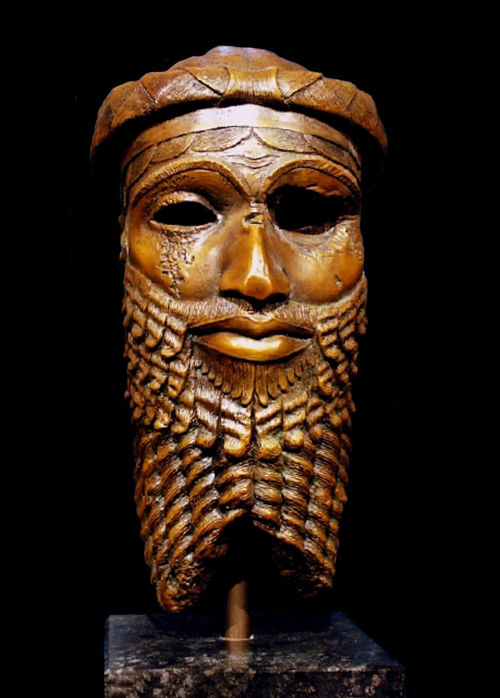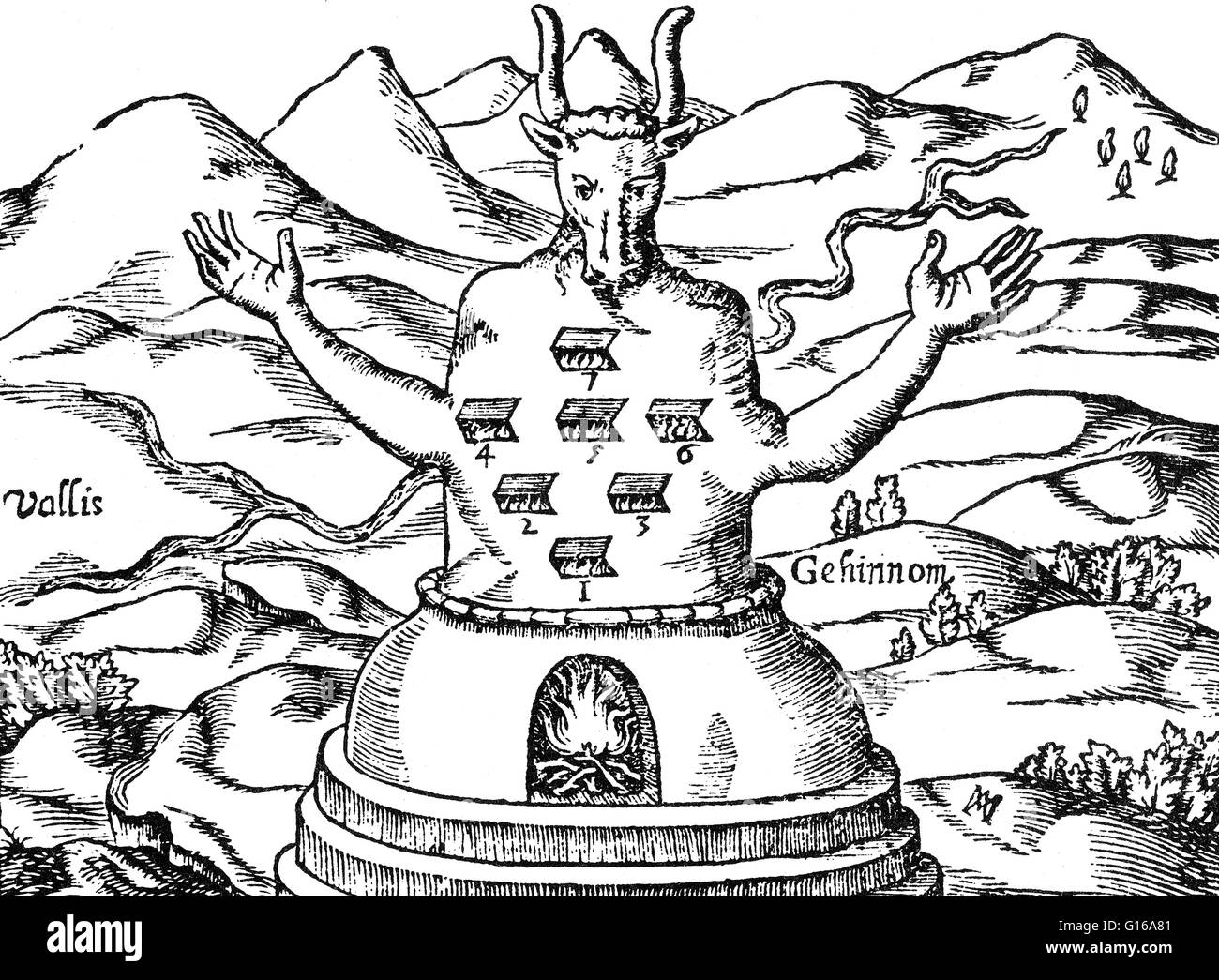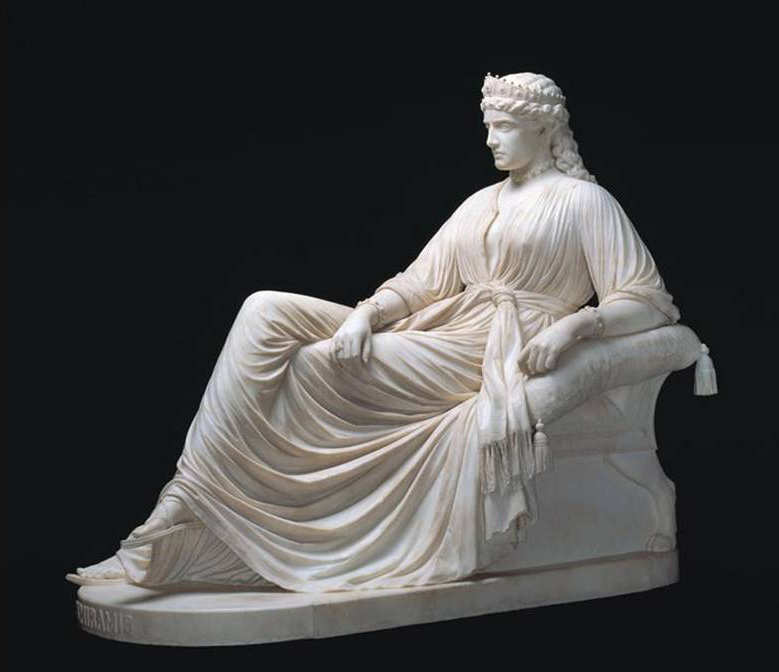
|
This is a non-WLC article. When using resources from outside authors, we only publish the content that is 100% in harmony with the Bible and WLC current biblical beliefs. So such articles can be treated as if coming directly from WLC. We have been greatly blessed by the ministry of many servants of Yahuwah. But we do not advise our members to explore other works by these authors. Such works, we have excluded from publications because they contain errors. Sadly, we have yet to find a ministry that is error-free. If you are shocked by some non-WLC published content [articles/episodes], keep in mind Proverbs 4:18. Our understanding of His truth is evolving, as more light is shed on our pathway. We cherish truth more than life, and seek it wherever it may be found. |

Where did the custom of exchanging valentines originate? How did Christians come to inherit this ancient Roman custom? Why do we find no such practice commanded anywhere in the Bible?
 It is time we questioned why parents encourage children to celebrate St. Valentine’s Day - when it is never so much as mentioned in the Bible.
It is time we questioned why parents encourage children to celebrate St. Valentine’s Day - when it is never so much as mentioned in the Bible.
Did you know that centuries before Christ’s birth, the pagan Romans exchanged valentines at this same season? On February 14, they celebrated an idolatrous festival in honor of their “valentine” Lupercus, the “hunter of wolves”? The Romans called the festival the “Lupercalia.”
Lupercalia rituals took place in a few places: Lupercal cave, on Palatine Hill and within the Roman open-air, public meeting place called the Comitium. The festival began at Lupercal cave with the sacrifice of one or more male goats—a representation of sexuality—and a dog.
The sacrifices were performed by Luperci, a group of Roman priests. Afterwards, the foreheads of two naked Luperci were smeared with the animals’ blood using the bloody, sacrificial knife. The blood was then removed with a piece of milk-soaked wool as the Luperci laughed.
Feast of Lupercal
In Ancient Rome, feasting began after the ritual sacrifice. When the feast of Lupercal was over, t he Luperci cut strips, also called thongs or februa, of goat hide from the newly sacrificed goats.
he Luperci cut strips, also called thongs or februa, of goat hide from the newly sacrificed goats.
They then ran naked—or nearly naked—around Palantine, whipping any woman within striking distance with the thongs.1
The custom of exchanging valentines and all the other traditions in honor of Lupercus—the deified hero-hunter of Rome - “have been handed down from the Roman festival of the Lupercalia, celebrated in the month of February when names of young women were put into a box and drawn out by men as chance directed,” admits the Encyclopedia Americana, art. “St. Valentine’s Day.”
When Constantine made Christianity the official religion of the Roman Empire, there was some talk in church circles of discarding this pagan free-for-all, but the Roman citizens wouldn’t hear of it! So they agreed that the holiday would continue as it was.
But how did this pagan festival acquire the name “St. Valentine’s Day?” And why is the little naked Cupid of the pagan Romans so often associated today with February 14th? And why do little children and young people still cut out hearts and send them on a day in honor of Lupercus the hunter of wolves? Why have we supposed these pagan customs in honor of a false god are Christian?
Valentine was a common Roman name. Parents often gave the name of their children in honor of the famous man who was first called Valentine in antiquity. That famous man was Lupercus, the hunter. But who was Lupercus? Why should he have also borne the name Valentine among the heathen Romans?
But why should Nimrod have been called “Valentine” by the Romans?
Valentine comes from the Latin word Valentinus, a proper name derived from Valens, meaning “to be strong,” as defined in Webster’s unabridged dictionary. It means “strong, powerful, mighty.”
We read in the Bible that Nimrod was ”the MIGHTY hunter” (Gen.10:9). It was a common proverb of ancient times that Nimrod was the Mighty hunter before the Lord.” Nimrod was their hero - their strong man - their VALENTINE! The Romans would say, - a Valentinus, a Valentine - meaning a mighty man!
The original Valentine was Nimrod, the mighty hunter of wolves. Another of Nimrod’s names was “Santa,” meaning “Saint.” No wonder the Roman Lupercalia is called “St. Valentine Day”! But why do we associate HEARTS on a day in honor of Nimrod - the Baal of the Phoenicians and Semites?

Baal - sun god
The surprising answer is that the pagan Romans acquired the symbol of the heart from the Babylonians. In the Babylonian tongue, the word for heart was “Baal.” (see Young’s or Strong’s concordance)
One may ask, what is the origin of the heart–shaped symbol commonly seen today? In Egypt, “this infant divinity was frequently represented with a heart, or the heart-shaped fruit of the Persea [Avocado; Persea gratissima], in one of his hands” (The two Babylons, Alexander Hislop, p. 189). Hislop continues: “ thus the boy-god came to be regarded as the god of the heart, in other words, as cupid, the child name for Nimrod meaning “desire” ( Encyclopedia Britannica,” article “Cupid”). As Nimrod grew up, he became the child hero of many women who desired him. He was their Cupid! He provoked so many women to jealousy that an idol of him was often called the “image of jealousy” (Ezek. 8:5). Nimrod, the hunter, was also their Valentine - their strong or mighty hero!
Later, in Constantine’s day, the pagan Babylon Mystery religion, masquerading as Christ’s Church, made Nimrod - the St. Valentine of the heathen - a saint! But why should the Romans have chosen February 15th and the evening of February 14th to honor Lupercus - the Nimrod of the Bible? (Remember that days in ancient times began at sunset the evening before.)
Nimrod - the Baal or sun-god of the ancient pagans - was said to have been born at the winter solstice. In ancient times the solstice occurred on January 6. Later, as the solstice changed, it was celebrated on December 25 and is now called Christmas.
I t was the custom of antiquity for the mother of a male child to present herself for purification on the fortieth day after the day of birth. The fortieth day after January 6 - Nimrod’s original birth date - takes us to February 15th, the celebration of which began on the evening of February 14th, the Lupercalia or St. Valentine’s Day! On this day in February, Semiramis [pictured to the left], the mother of Nimrod, was said to have been purified and to have appeared for the first time in public with her son as the original “mother and child.”
t was the custom of antiquity for the mother of a male child to present herself for purification on the fortieth day after the day of birth. The fortieth day after January 6 - Nimrod’s original birth date - takes us to February 15th, the celebration of which began on the evening of February 14th, the Lupercalia or St. Valentine’s Day! On this day in February, Semiramis [pictured to the left], the mother of Nimrod, was said to have been purified and to have appeared for the first time in public with her son as the original “mother and child.”
The Roman month of February, in fact, derives its name from the februa that the Roman priests used in the rites celebrated on St. Valentine’s Day.
As Nimrod grew up, he became the child hero of many women who desired him. He was their Cupid! No wonder the pagans commemorated their hero-hunter Nimrod, or Baal, by sending heart-shaped love tokens to one another on the evening of February 14th as a symbol of him.
Alexander Hislop states in his book "The Two Babylons": "Now, this Ninus, or "Son," borne in the arms of the Babylonian Madonna, is so described as very clearly to identify him with Nimrod. "Ninus, king of the Assyrians, ...first of all changed the contented moderation of the ancient manners, incited by a new passion, the desire of conquest. He was the first who carried on war against his neighbors, and he conquered all nations from Assyria to Lybia, as they were yet unacquainted with the arts of war." This account points directly to Nimrod and can apply to no other.
"Ninus, the most ancient of the Assyrian kings mentioned in history, performed great actions. Being naturally of a warlike disposition and ambitious of glory that results from valor, he armed a considerable number of young men that were brave and vigorous like himself, trained them up a long time in laborious exercises and hardships, and by that means accustomed them to bear the fatigues of war, and to face dangers with intrepidity."
As Diodorus makes Ninus "the most ancient of the Assyrian kings" and represents him as beginning those wars which raised his power to an extraordinary height by bringing the people of Babylonia under subjection to him, while as yet the city of Babylon was not in existence, this shows that he occupied the very position of Nimrod, of whom the Scriptural account is, that he first "began to be mighty on the earth," and that the "beginning of his kingdom was Babylon."
As the Babel builders, when their speech was confounded, were scattered abroad on the face of the earth and therefore deserted both the city and the tower which they had commenced to build, Babylon as a city could not correctly be said to exist till Nimrod, by establishing his power there, made it the foundation and starting-point of his greatness. In this respect, the story of Ninus and Nimrod harmonize. The way, too, in which Ninus gained his power is the very way in which Nimrod erected his. There can be no doubt that it was by inuring his followers to the toils and dangers of the chase that he gradually formed them to the use of arms and so prepared them for aiding him in establishing his dominions; just as Ninus, by training his companions for a long time "in laborious exercises and hardships," qualified them for making him the first of the Assyrian kings."
And the woman was arrayed in purple and scarlet colour, and decked with gold and precious stones and pearls, having a golden cup in her hand full of abominations and filthiness of her fornication:
And upon her forehead was a name written, Mystery, Babylon The Great, The Mother Of Harlots And Abominations Of The Earth.
Revelation 17:4-5

It is about time we examine these customs of the pagans – now falsely called Christian. It is time we stop this Roman and Babylonian practice - this idolatry - and get back to the faith of Christ delivered once and for all. Let’s stop teaching our children these pagan customs in memory of Baal, the sun god - the original Valentine - and teach them instead what the Bible really says!
This is a non-WLC article.
Source: http://www.cognm.org/cognm/Publications/St.%20Valentines%20Day%20-%20Where%20Did%20It%20Come%20From.htm
1https://www.history.com/topics/ancient-rome/lupercalia
We have taken out from the original article all pagan names and titles of the Father and Son, and have replaced them with the original given names. Furthermore, we have restored in the Scriptures quoted the names of the Father and Son, as they were originally written by the inspired authors of the Bible. -WLC Team